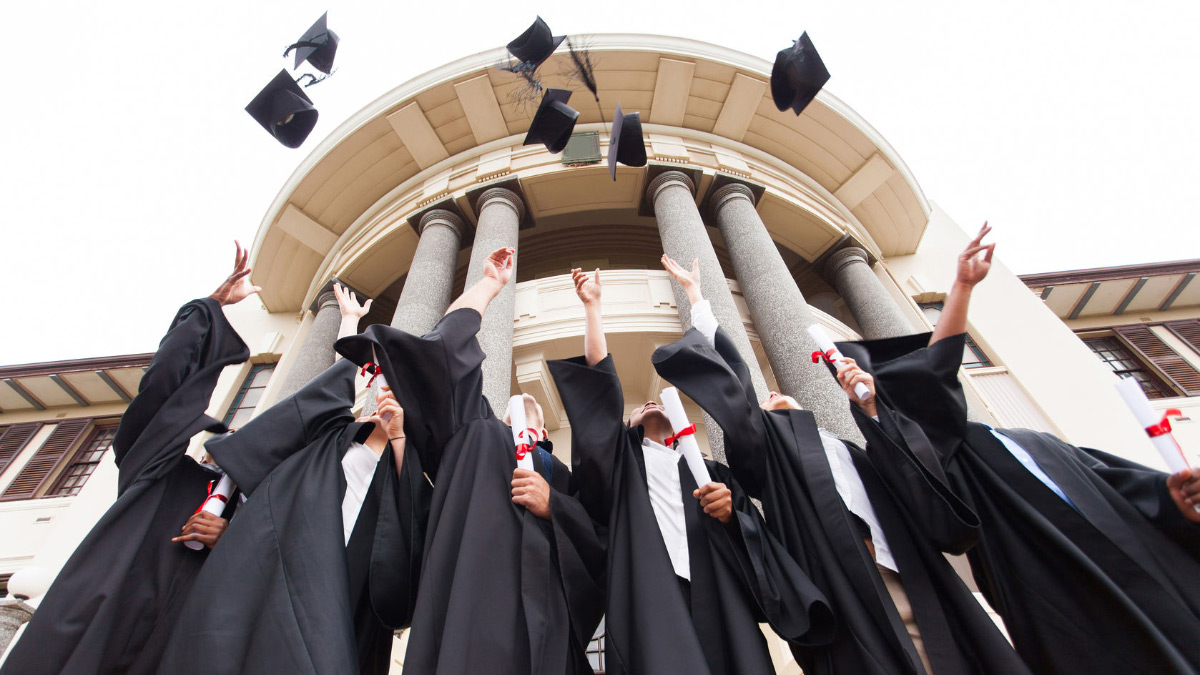Higher education recently has been confronted with falling enrollments, increasing financial uncertainty (as evidenced by credit downgrades by Moody’s and Fitch) and falling public support. When those type of results occur in private markets, CEOs often lose their jobs or face pay cuts. But what has happened to university presidential pay? It has risen—substantially. In 2008, only nine private university presidents made $1 million annually. Eight years later, 61 did. A look at university president compensation reveals a number of oddities.
For example, compare the 2016 compensation of the president of Harvard with that of a school located 2.2 miles away, Simmons University. Harvard is vastly larger, with huge endowment resources not available to Simmons. Moreover, Harvard is arguably the most famous and prestigious American university, while Simmons has a much more modest reputation. In the 2018 Forbes Best College rankings, Harvard ranks first; Simmons ranks 381. However, according to the Chronicle of Higher Education’s annual survey of private college presidential pay, the Simmons president’s salary of $1,657,000 in 2016 (last year available) exceeded that of Harvard’s president by more than 50%.
Indeed, the correlation between university reputation and presidential compensation seems almost nil. Of 10 elite private schools comprising the Ivy League plus M.I.T. and Stanford, only two (Columbia and Penn) made the top 25 list in terms of presidential pay (Harvard came in 48th). Nido Qubein, president of High Point University, came in sixth in the presidential pay sweepstakes, making more than $2.3 million. High Point has a so-so reputation (474 on the Forbes list). According to the Department of Education’s College Scorecard, the average High Point student makes $39,000 annually after attending, a rather modest amount. Its six-year graduation rate of 65%, while not bad, is fairly typical, indicating more than one of three attendees do not get degrees. Why, then, should the president of High Point make more than twice as much as the president of larger and more prestigious Harvard? To be sure, President Qubein appears to be highly competent, and High Point has expanded enormously in his long tenure as president. Trustees of High Point have argued high pay for Qubein is necessary because otherwise, he might jump to a high-paying corporate job.
The big problem with determining presidential compensation is that there is rarely a well defined, easy to measure “bottom line,” unlike with private corporations, whose profits and stock prices provide excellent performance measures. What are universities trying to maximize? Reputation or prestige? Good jobs for their graduates? Evidence that students are learning a lot? Demonstrated research prowess? Improvements in all those variables over time? Even if we could agree on what we want to achieve, do we have good metrics measuring success? We easily measure the success of football coaches—and pay them accordingly, with failure often followed by firings. University presidents are rarely fired for poor performance—however measured.
The near randomness of presidential salaries reminds me of insights of the late lawyer-economist Henry Manne. Manne thought of universities of having “profits” (regardless of their formal non-profit status) distributed to the academic equivalent of stockholders, namely powerful people in the university community who determine the allocation of resources. In some universities, the president amasses large “ownership”—equivalent to share ownership in corporations—leading to big “dividends” conferred by the governing board. Often the president’s clout and thus implicit “ownership” is much less. A second insight comes from the literature on “regulatory capture.” The group being regulated, say an electric company, gains influence over the regulator (the public utility commission). Similarly, some university presidents are masters in turning themselves into bosses of subservient governing boards rather than their employee.
University presidents have tough jobs: they need to be prodigious fund-raisers, inspire high levels of research and teaching performance, understand intricate finances, be shrewd diplomats who can navigate alternative viewpoints. They deserve pretty good pay. But they also mostly work for non-profit organizations given generous tax privileges because they serve the broader public good. Soaring pay for presidents of obscure schools does not help the already tattered image of America’s universities.













